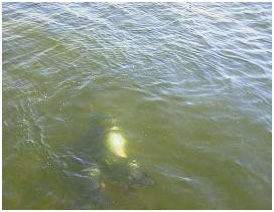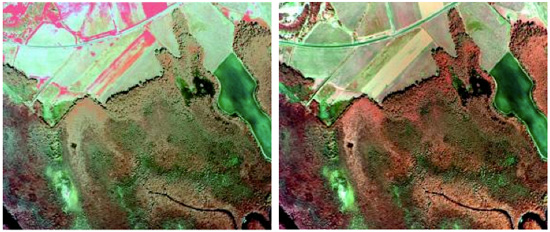Bi-directional reflectance correction
BRDF = Bi-Directional Reflectance Distribution Function
- Bi-directional measurements are the basic form of observation for remote sensing: The bi- or two direction are: illumination geometry and sensor view geometry
- BRDF controls "illumination" level of a pixel, i.e., relative orientation of GRE or pixel position on the ground to the sun.
- All features have a unique BRDF, i.e. the set of spectral reflectance signatures produced under a unique set of illumination and viewing geometries.
- BRDFs range from specular to Lambertian
- View and illumination angles vary from pixel to pixel across an image or scenes and as a result the same ground feature may have different reflectance signatures when viewed or illuminated from different angles
- As a result, BRDF causes non-uniform illumination across a scene.
- Image data are internally inconsistent and unable to be processed.
- By applying a mathematical transformation the BRDF effect can be reduced.
- The picture below of a diver under the surface shows the effects of the BRDF of water surface. The lower part of the image shows sun-light back-scattered to the sensor , and the upper right shows sun-light forward scattered. This is the result of the same target illuminated from same diretions and viewed from different directions.

BRDF causes non-uniform illumination across a scene, hot spots. Image data are internally inconsistent and unable to be processed. By applying a mathematical transformation the BRDF effect can be removed.

Uncorrected image
BRDF-corrected image